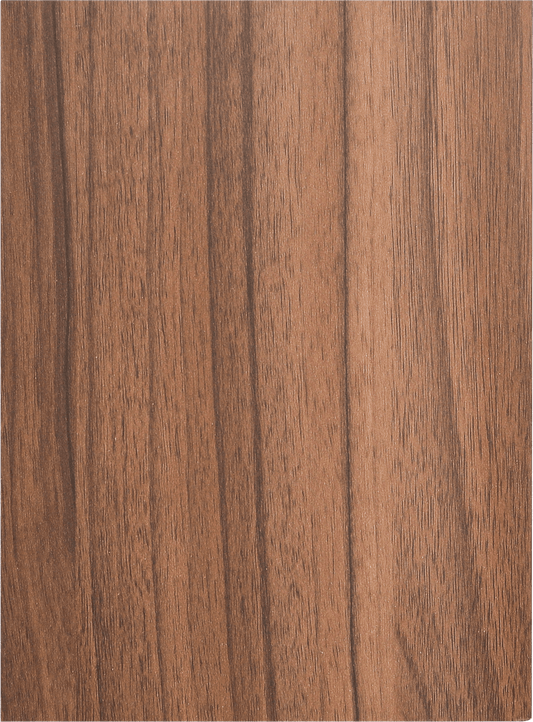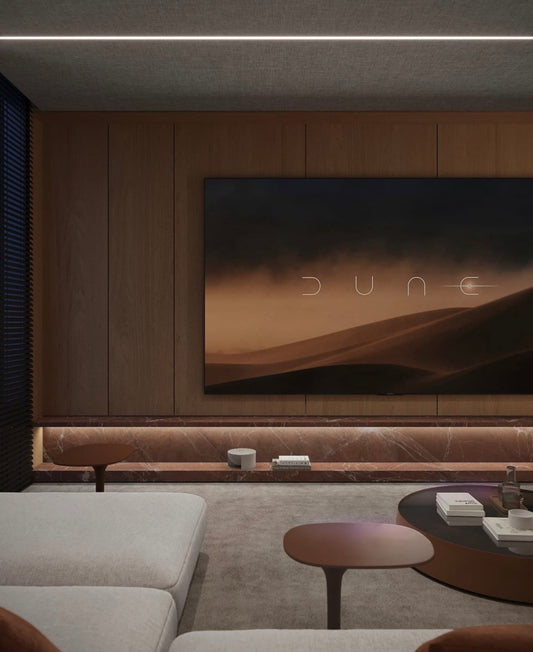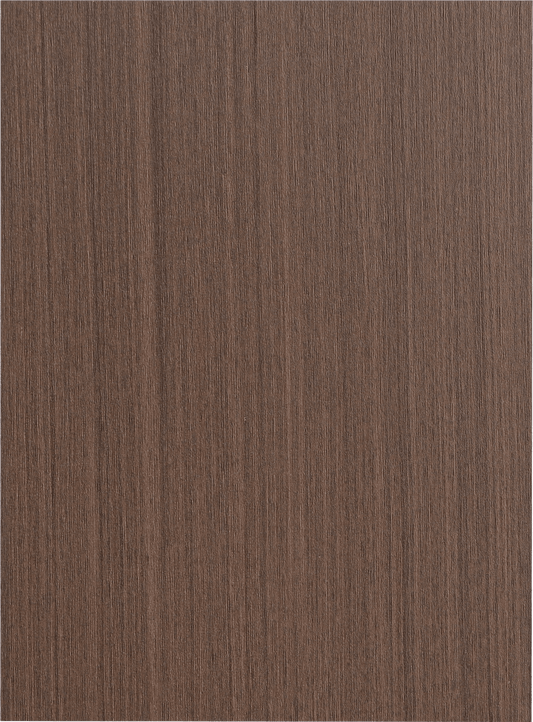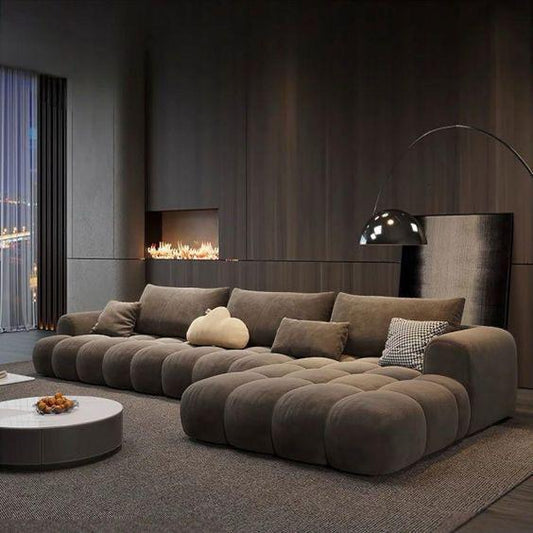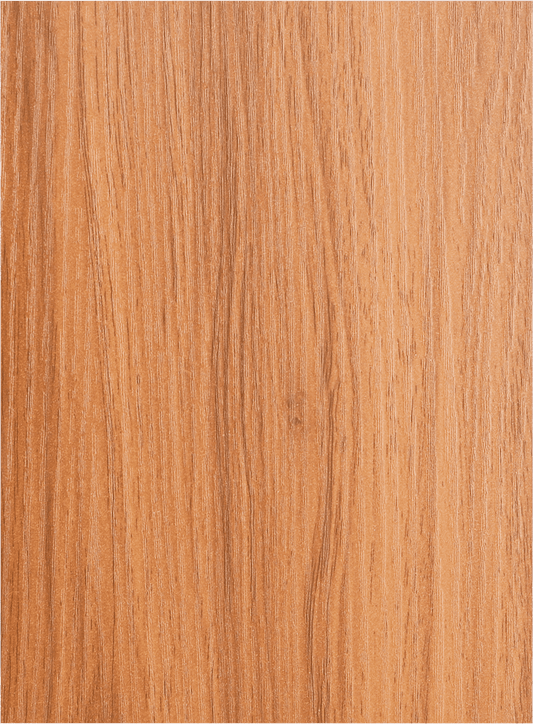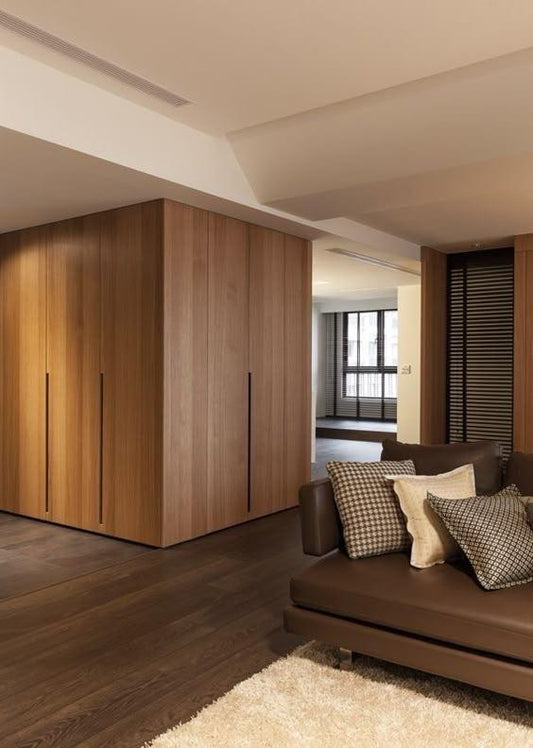Gallery
Explore a gallery of projects through even more captivating images and videos shared by our community.
You have seen 4 of 12
Hear the difference
Our Features
A modified composition for easy installation
Our SlatWall panels have been purposefully designed for a quicker install. Each slat is bonded with high-strength adhesive to the recycled felt backing - no staples. Ensuring cleaner cuts, added durability, and no risk of slats coming loose.
A shade to suit every project and style
Each shade in the Classic Collection is crafted from real wood veneer and offered in a range of best selling colours. Upgrade to Enriched Oiled panels for a wider choice of unique shades, a protective oil treatment, and upgraded durability.
Handcrafted in the UK and expertly finished
Proudly made in Yorkshire using high-quality materials. With specialist in-house capabilities, we craft each panel with precision and care, ensuring dependable quality and a flawless finish, delivered directly from our UK factory to your home.


